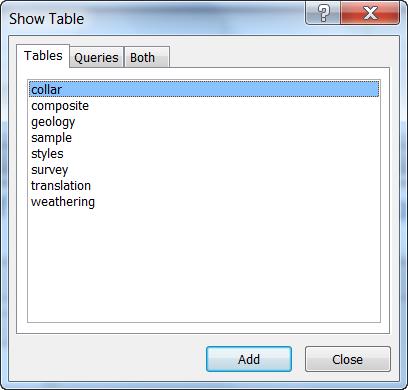

You will learn about the fundamental concepts of Surpac’s interface, graphics environment, geology database, string files, DTM surfaces, solids modelling (wireframing), block modelling and macros. The Surpac Interface : understanding all of the main components and how to customise them to improve your efficiency Introduction : course overview, understand key outcomes and your goals These concepts are reinforced through a large number of practical activities, all of which involve using Surpac on a real-life data set. Geology Database : understand database structure how to create a database and how to import, export, and display data String Editing : learn how to create and modify strings in graphics and via file tools Macros : learn how to save time by creating, editing, and running Tcl scripts strings, DTMs, CSV, other Geological Mining Software) Surpac Data : how to display, import, export, and convert the most commonly used data types (eg. Presenter: Rowdy Bristol BSc (Construction Engineering), AAS (Land Surveying), MSc (Geological Engineering/Geostatistics), Post Grad Dip Computing Surpac geology datbasde how to#īlock Modelling : learn basic block model concepts such as sub-blocking, how to create and display a block model, import and export data, and generate grade-tonnage reports Solids Modelling : learn how to create, view, display, contour, and report volumesĭTM Surfaces : learn how to create, view, display, contour, and report volumes Rowdy is a geologist, engineer, and surveyor with postgraduate qualifications in geostatistics, and computing. Rowdy has more than 20 years’ worldwide experience in the mining industry, and four years’ experience working for a mining consultancy in the United States.

Rowdy holds degrees in Geology, Surveying and Engineering, and has worked as a mine geologist, engineer, and surveyor. He has trained geologists, engineers, and surveyors in the use of Surpac Software at underground and open pit mines covering all major commodities.


 0 kommentar(er)
0 kommentar(er)
